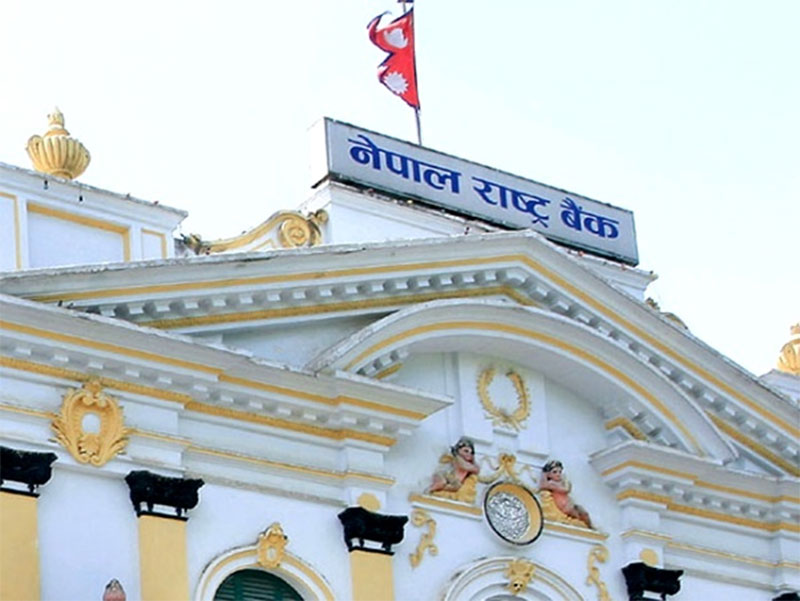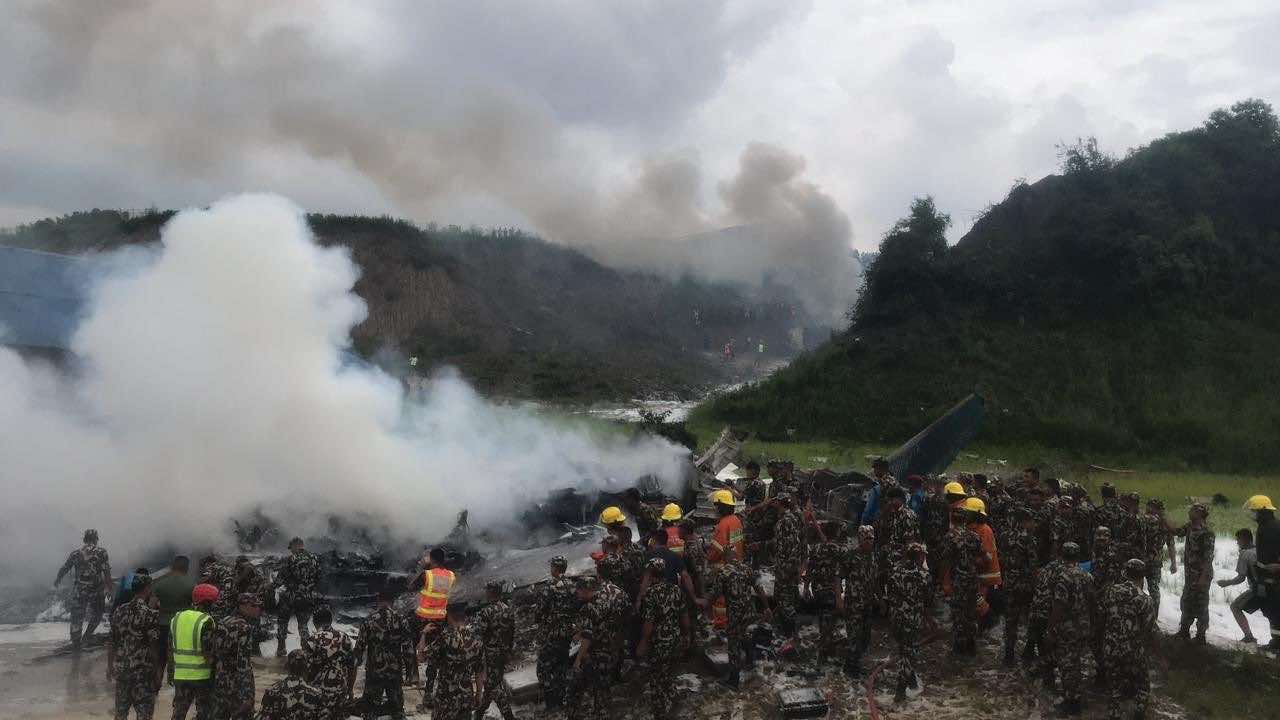
OR

RAUTAHAT, Aug 16: The Regional Office of Nepal Bureau of Standards and Metrology (NBSM) at Rautahat has taken action against 19 petrol pumps in Bara, Parsa and Rauthat for cheating customers.
Monitoring was conducted at 891 petrol pumps during the fiscal year 2018/2019 and 19 petrol pumps were found to have used software in the petrol pump to cheat the customers, according to NBSM Regional Office Chief, Sashi Bhusan Yadav.
Action was taken against proprietors of Bijaya Oil Store, Muhammad Oil Store, Shiva Shankar Traders, Jaya Bikas Oil Store, Hari Om Oil Store and Baba Oil Traders in Bara. They were fined Rs 10,000 per person (owner of pump) and three months of imprisonment.
Likewise, Khan Oil Store in Rautahat, Amit Oil Store in Baram Krishna Oil Store, Ayush Oil Store, Sonu Oil Store and Anish Traders' proprietors were also booked with Rs 30,000 fine and three years of imprisonment each.
Similarly, the Office also filed a case against the Asian Paints Industry on the charge of violating the standards of metrology and relevant laws in the country.
Kisan Agro Chemical Pvt Ltd and Jagadamba Oil Traders in Bara were also taken action for the same case.
Moreover, cases were filed against Hulas Steel Pvt Ltd, Bara, Apollo Feeds Pvt Ltd, Chitwan, Pancharatna Feeds Pvt Ltd and Binayak Pvt Ltd which were found exempting taxes. The Office has sought a one year imprisonment and Rs 10,000 in fine to each.
You May Like This

Model houses completed for tornado reconstruction
BARA, May 28: Three model houses have been built by the Nepal Army at different locations in Bara to guide the... Read More...

Storm survivors struggle under open sky on empty stomachs
BARA, April 3: After the raging storm wrecked her home on Sunday, Nur Jaha Khatun, 35, of Feta Rural Municipality-6, Purainiya... Read More...

25 killed in Bara, Parsa storm identified
KATHMANDU, April 1: Twenty-five among those killed when a massive storm struck several villages of Bara and Parsa districts on... Read More...









Just In
- Forced Covid-19 cremations: is it too late for redemption?
- NRB to provide collateral-free loans to foreign employment seekers
- NEB to publish Grade 12 results next week
- Body handover begins; Relatives remain dissatisfied with insurance, compensation amount
- NC defers its plan to join Koshi govt
- NRB to review microfinance loan interest rate
- 134 dead in floods and landslides since onset of monsoon this year
- Mahakali Irrigation Project sees only 22 percent physical progress in 18 years









Leave A Comment